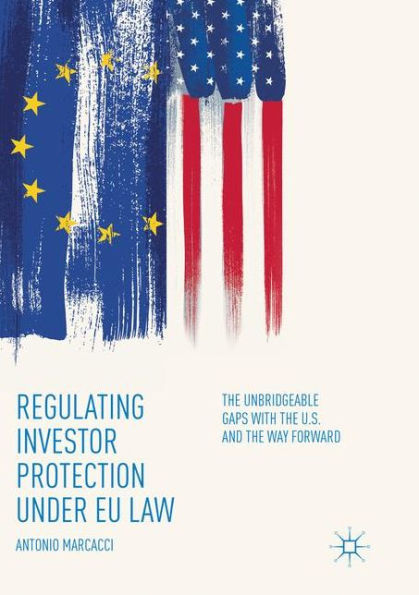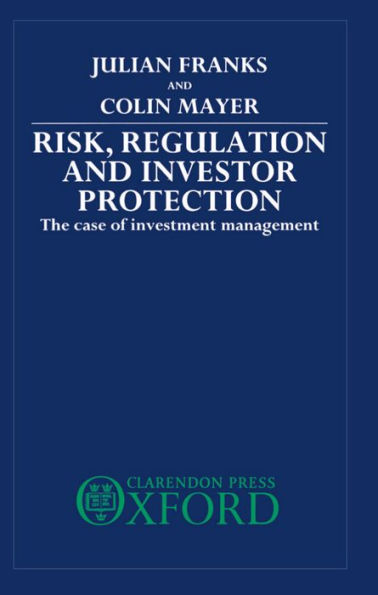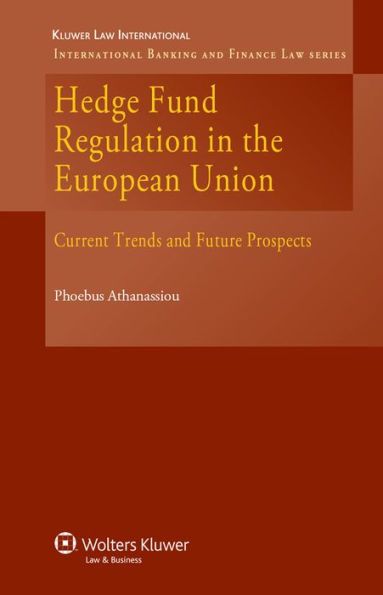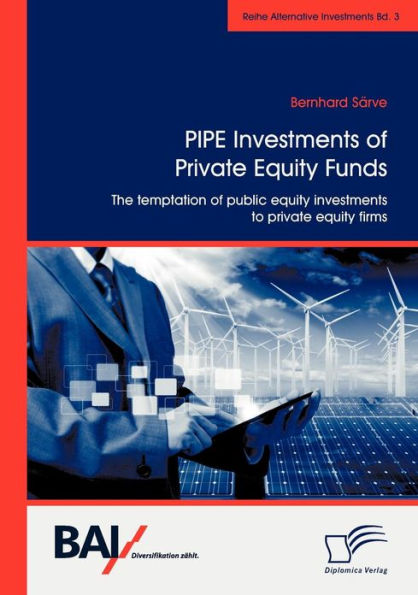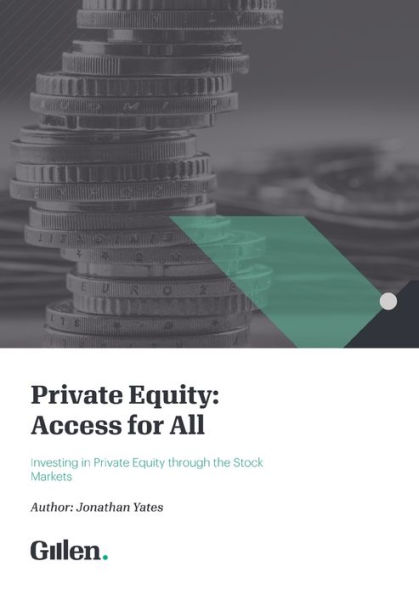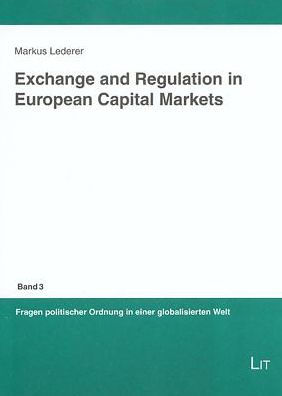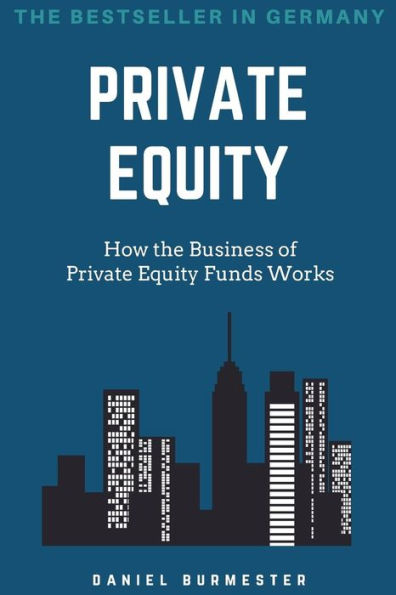Home
Regulation of Private Equity in the United States and Europe: A Labyrinthine Approach and a Barrier to Corporate Investment



Regulation of Private Equity in the United States and Europe: A Labyrinthine Approach and a Barrier to Corporate Investment
Current price: $43.09
Loading Inventory...
Size: OS
The private equity market prior to 2011 was largely self-regulated with market participants dictating standards of behavior with minimal government supervision. In the aftermath of the 2008 financial crisis, there was an outcry to change the non-regulated status of private equity as a result of the contentions of shadow banking and inherent systemic risk associated with private equity. In response to this, the US Dodd Frank Act 2010 and the 2011 EU Alternative Investment Fund Manager Directive have imposed private equity regulation. The theme of this work would be to argue that the crisis was not caused by private equity and that regulators 'put the cart before the horse' by failing to distinguish between private equity and hedge funds with the latter more guilty of engaging in shadow banking activities capable of creating systemic risk to the financial system. The self-regulatory mechanism grew the private equity industry to its famed position today. The compliance cost arising from these regulations scuttle the gains made by curtailing possible investments options.
